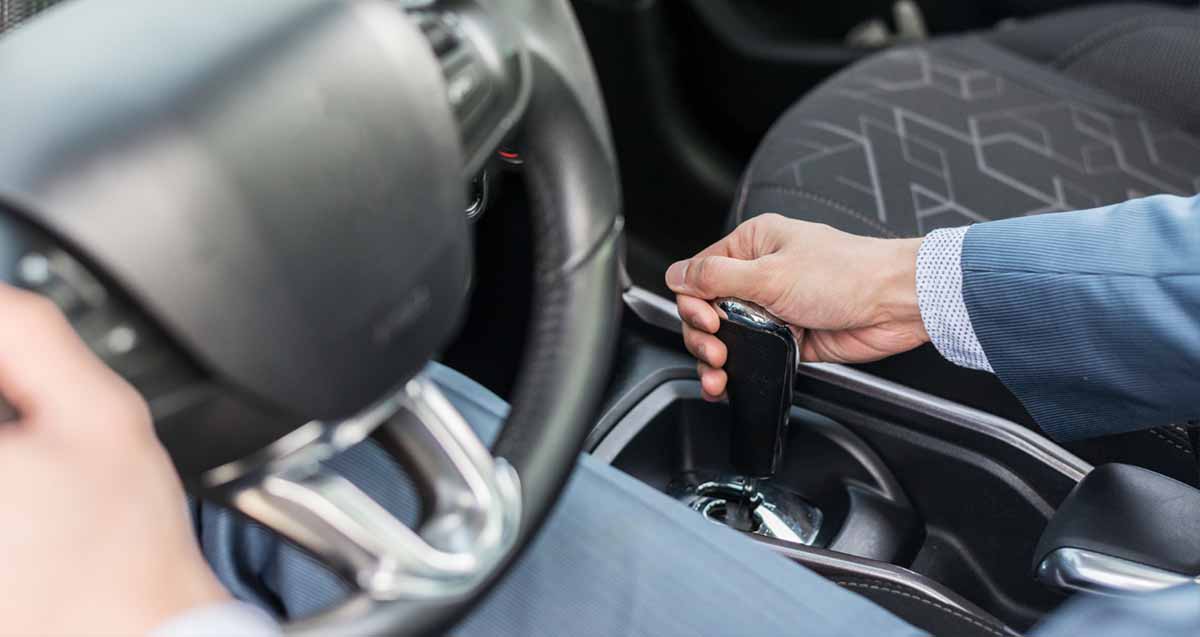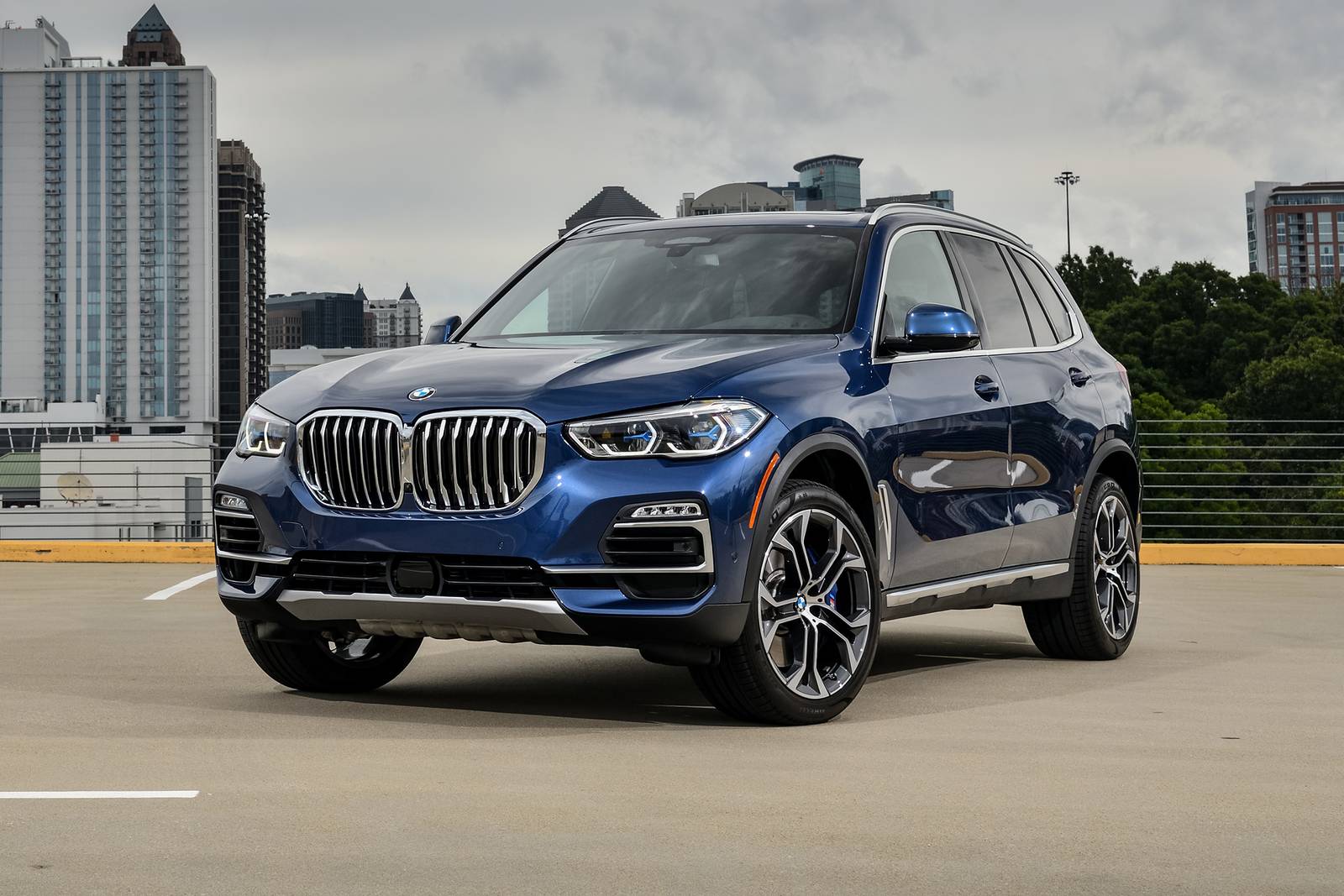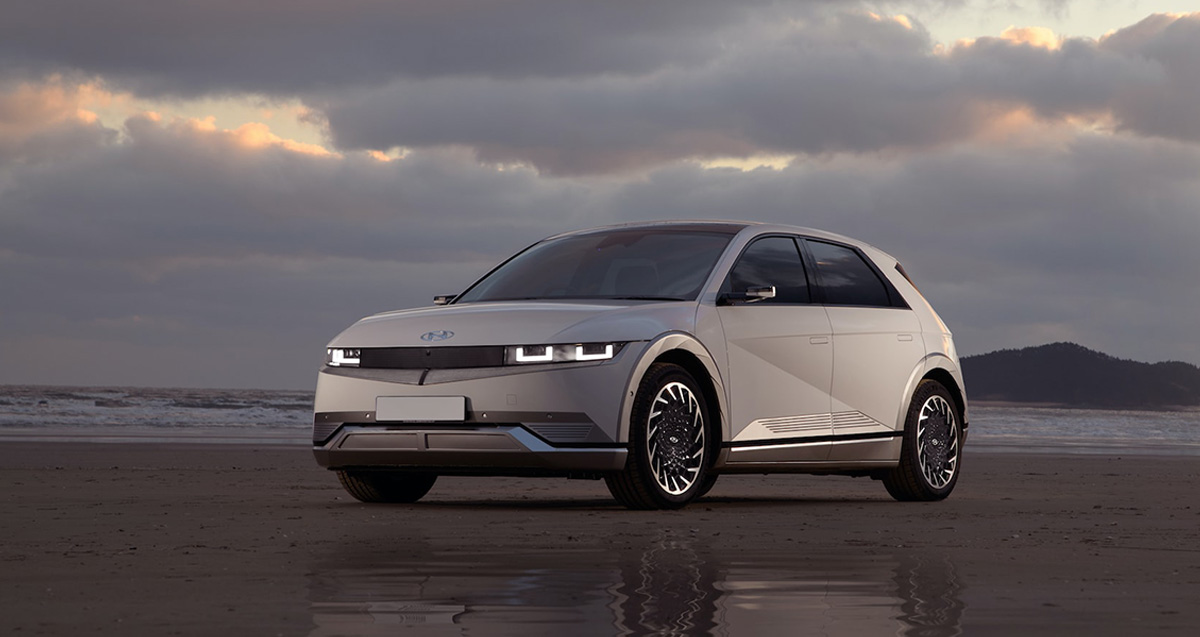Regardless of whether you acknowledge it or not, driving a manual transmission car provides you with complete shifting capability. Although most manufacturers no longer build manual gearboxes, they are nevertheless important in the vehicle market.
CVT, DCT, and other traditional automatic transmissions can be efficient and user-friendly. However, nothing seems more natural and practical than a manual transmission that is quite dependable. In contrast to automatic transmission cars, which have a torque converter that governs gear changes, manual transmission vehicles have a separate clutch that allows free shifting of gears. That being stated, let’s take a closer look at the advantages of having a stick-shift car.
Because of the control and reactivity it provides, having control over the behavior of your car’s gearbox is one of the finest experiences you can have as a driver. When driving a manual transmission car, you must learn to listen to the engine since upshifts and downshifts are entirely up to you. Because automatic gearboxes rely on a computer and a torque converter to change ratios, they may be rather unpredictable.
Notably, most recent automobile models include paddle shifters that generate the simulated ratio for gear selection. However, you have no control over the clutch. A stick shift provides you with more than simply transmission. A manual transmission gives you more braking control since you can regulate the clutch, which proportionally reduces the required torque.
According to Erie Insurance, owning a manual gearbox automobile results in improved gas mileage, with a possible 5 to 10% increase in fuel efficiency. While most automatic vehicles are getting more fuel efficient, a manual vehicle allows you more control over how much you want to save without sacrificing power or the driving experience.
Automatic cars have a hydraulic pump and a torque converter, which boost fuel consumption. Manual transmission cars, on the other hand, have greater gas efficiency since the driver can efficiently regulate the engine RPMs by keeping them low while still being able to upshift. Improved gas economy is mostly determined by your driving style.
Manual transmission automobiles, whether new or secondhand, are often less expensive to maintain and repair than automatic transmission vehicles. Many things can go wrong in an automatic due to a transmission breakdown. Yes, automatics work well. Consider the many challenges that may arise as a result of the added technology, machines, sensors, and anything electrical. That means there will be greater possible repair charges.
Manual transmissions, on the other hand, are straightforward. The clutch is the most typical problem or repair with a manual. Clutches have a lifespan of hundreds of thousands of kilometers. Stick-shift autos have low maintenance and repair costs due to their simplicity.
With the introduction of automated automobiles, people have forgotten how to operate manual transmission automobiles. There are more automatics on the road than you can imagine, and a generation of drivers has no idea how to use them. Due to a lack of knowledge, a manual transmission might dissuade any auto thief from stealing a car. Although it may not be an issue for them, they will most likely reconsider driving it. This straightforward perspective can easily deter someone from borrowing or stealing your vehicle.
Because of the control, reaction, and pleasure that manual transmissions provide, most sports cars are built with a stick shift. When you hit the throttle pedal, you expect your car’s transmission to respond instantly.
Although you must start in lower gear, manuals are incredibly enjoyable since you accelerate the car based on how much power you require. Because the transmission is not linked to the ECU, they are more enjoyable to drive because the stick shift allows one to row through upshifts and downshifts. Many drivers find this rewarding.
According to the New York Times, even though stick shifts are rapidly disappearing from the automotive market, they retain their value. With each scream of your car’s engine as you shift gears, owning a manual transmission automobile is satisfying. This ability to listen to and manage your gearbox provides an exciting driving experience that an automated transmission car may not provide.
If the term “vote with your cash” is any indicator, the automatic wins since an automatic gearbox is standard on the great majority of new automobiles sold in the United States. And, according to CarMax sales statistics, the number of manual-transmission customers has been steadily declining since 1995. It appears that consumers have demonstrated a preference for automated vehicles. However, this is ultimately a personal choice. We recommend that you buy what makes you happy.
In most circumstances, an automatic vehicle will be faster than a manual-transmission car because the latter requires more time to shift gears, and even standard automatics have become increasingly faster in recent years. If the automatic gearbox is a dual-clutch automatic transmission, it should be able to shift gears much faster than a human driver.
The driver of a manual-transmission car works the clutch and determines when to change gears using the stick shift. The computer-controlled gearbox handles gear-shifting in an automated vehicle.






